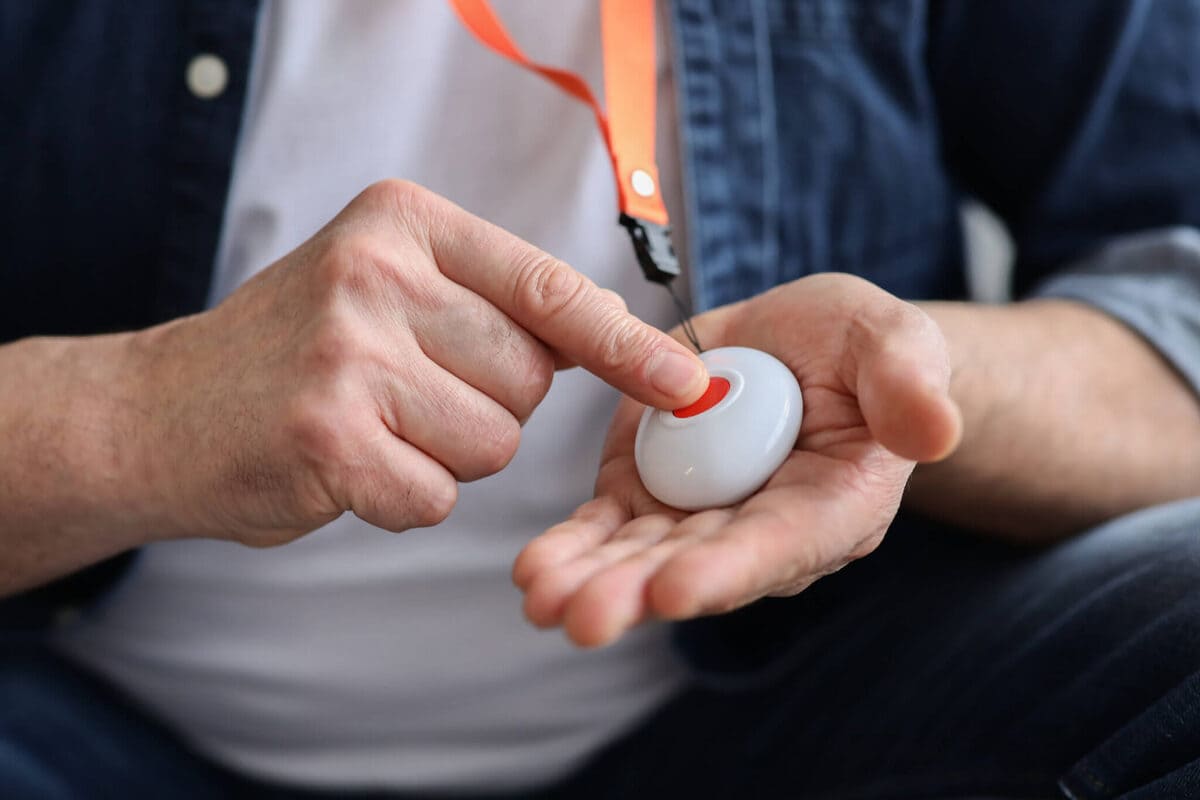Older adults living in a traditional home may find that the house that was perfect for raising a family in is no longer suited to them as they get older. Stairs, bathtubs, gas stoves, front steps that ice in the winter, and long, dark hallways are just a few of the safety risks found in homes.
Older adults living alone may also be at risk of burglaries or may be helpless in the event of an injury or fall.
A senior living community is a housing option for older adults that is purposefully designed to be a much safer and more secure place than a traditional house.
When considering a senior living community for yourself or your loved one, here are some of the features you can expect that make it a more safe and secure environment.
Senior living safety and security features
Accessible bathrooms
Bathrooms can be potential areas of safety concern for older adults, particularly those with mobility challenges. Senior living communities prioritize the safety and accessibility of bathrooms to mitigate risks and enhance comfort. Features such as grab bars, non-slip flooring, and raised toilets promote stability and reduce the likelihood of accidents or falls. Additionally, showers may be equipped with seats and handheld showerheads, allowing residents to bathe independently and securely.
Emergency call systems
In the event of an emergency, quick response and assistance are crucial. That’s why senior living communities invest in advanced emergency call systems to provide residents a means to call for help at any time. These systems typically consist of strategically placed emergency pull cords or wearable devices that allow residents to alert staff members for immediate assistance. With round-the-clock monitoring, help is just a call away, providing residents and their families with invaluable peace of mind.
24/7 caregivers and staff
Senior living communities pride themselves on providing dedicated and compassionate caregivers and staff members who are available around the clock. These professionals undergo specialized training to address the unique needs of older adults and respond promptly to any concerns or emergencies. Whether it’s administering medication, assisting with daily activities, or providing companionship, having 24/7 caregivers on-site ensures residents receive the care and support they require, contributing to their overall safety and well-being.
Secured entrances and surveillance systems
Creating a secure environment begins with limiting access to the premises. Senior living communities often implement secured entrances and controlled access points, using key cards or codes to ensure only authorized individuals can enter the community. Additionally, many communities employ advanced surveillance systems to monitor common areas, hallways, and outdoor spaces, enhancing overall safety and deterring potential risks. These measures offer residents an added sense of security and reassurance.
Fire safety and disaster precautions
Fire safety is a critical aspect of ensuring the well-being of seniors. Senior living communities adhere to rigorous fire safety regulations and often have fire suppression systems, smoke detectors, and sprinklers installed throughout the premises. A formal emergency response plan includes holding regular fire drills that keep residents and staff familiar with evacuation procedures, ensuring a quick and organized response in case of disasters and other emergencies. By prioritizing fire safety and emergency preparedness, senior living communities provide residents with a secure living environment.
Summing up
When considering senior living options, safety and security are paramount concerns. Senior living communities understand the importance of creating an environment that fosters peace of mind for residents and their families.
Want to see for yourself? Contact one of our communities near you.

